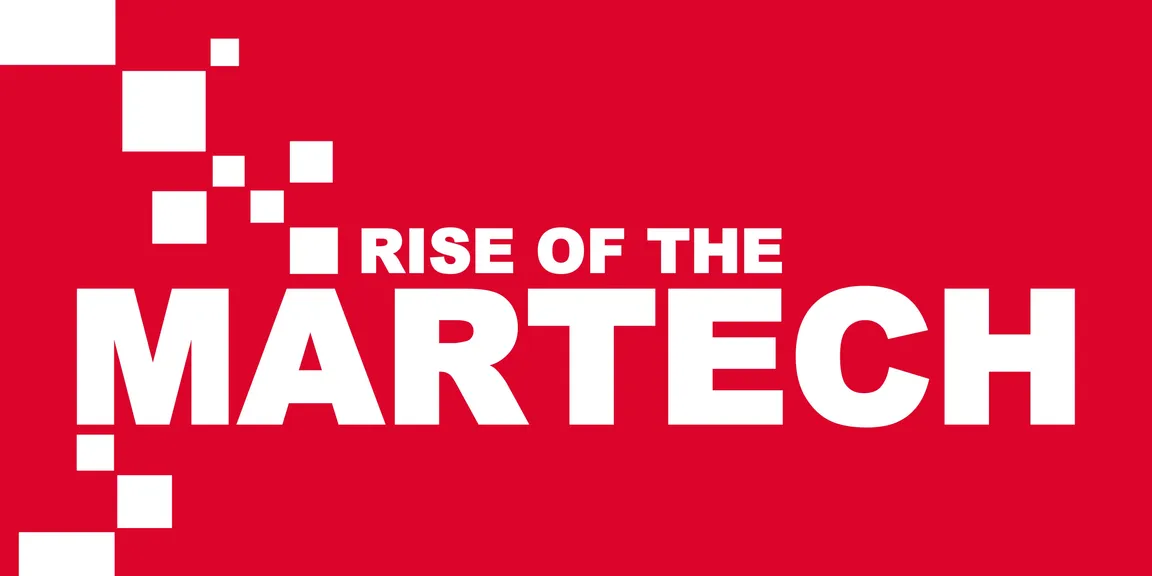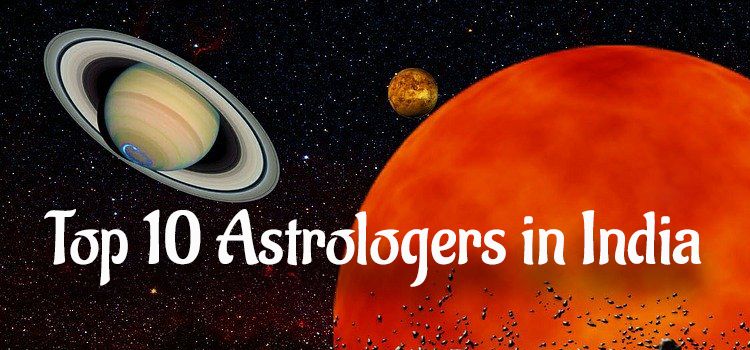

Rise of the MarTech
The Arrival of Judgment Day for Brand Managers

It is evident; “change” is an integral factor which drives an evolution and currently, global marketing dynamics are implying towards the same. But, the point which one should always ask is about the quick adaptation and due diligence driven deployment of such changes in a definitive way, through which one can anticipate an outcome and have a certain degree of control on the consequences.
Re-formulating the “New Marketing Equation”
The New “Marketing” Equation is no more equal to “Conceptualization + Campaign Designing + Agency Handling + Media Buying + Negotiation + Execution”. With the growth of digitization, now one just need to reach the mobile devices of each prospective consumer through series of activities of which can be tagged, monitored, and analyzed at granular level through various data analytics tool.
Eventually, a brand management team has to justify the each penny spend and has to provide a reasonable rate of return on investment linked to sales and revenue. It is not that these processes are not being practiced by current industry professionals in the current scenario. However, the point is - with the propagation of networked marketing practices, one can now start expecting a higher level transparency in the execution and as well as in the evaluation which will just not mitigate the problem of manipulation of end results in the board rooms but it will also bring in the higher degree of accountability across the ecosystem.
Defining the “Automation” – AI-driven Big Data & Analytics linked with IoTs
When we talk about the current landscape of Artificial Intelligence for marketing; virtually no systems attempt to manage the marketing strategy and planning, but there are many systems which automate auxiliary tasks such as trend analysis and multi-level data extraction. Gradually, in coming years, the heuristic computing capabilities are going to be at the center-stage where the interpretation of data will move from human domain to machine domain through a network of IoT devices.
To suffice the above statement - In mid-December 2016, an Israeli startup firm Datorama (which recently shifted its headquarter to New York City) revealed its Marketing Integration Engine (MIE) capability, of being integrated with the devices powered by Amazon’s Echo and Echo Dot. Now, the brand principles as a subscriber to the Datorama platform need to ask Alexa to enable the “Ask Datorama Anything” skill. But, the point blank objective is to immediately understand the campaign performance and make real-time adjustments by deriving actionable marketing intelligence through social media mentions & trends, display advertisements, search, video, television network, designated network feeds, and multi-channel CRM funnel. Accuracy and relevancy are the two basic challenges for a system like this one and with time the evolving technology will play a critical role.
The “convergence” is another aspect where the Adtech will seamlessly integrate with MarTech through AI, creating vital monetization opportunities for the brands as well as for the service providers. Imagine, a bunch of networked digital displays at the malls, airports, railway stations, city square, etc., getting hooked up with a programmatically enabled demand side platforms (DSPs), supporting both real-time bidding and non-real-time bidding of digital inventories for the brand managers which will in turn, will create new selling, cross-selling and up-selling opportunities for marketers that result in greater revenue and lifetime value (LTV).
Anticipating the “Challenges”
The most rudimentary challenge for any organization with strong brand inclination is that their markets are growing rapidly and at the same time each of these markets is becoming complicated. With complications, the complexity arises which itself endangers the effectiveness of various critical integrators which can be either digital or non-digital.
There is no doubt, brand manuals are important for maintaining a consistency across all the platforms and channels. They provide teams (including branding, marketing, and sales) an insight into the DNA of a brand. But, a documented standards itself alone won’t grow a national/global brand. It’s just one piece that needs to be synced with the value chain through strategically curate content to enlighten them, and further communicate others in and around the zone of influence which includes brand advocates, current and prospective customers.
Making a significant investment into a global digital brand initiative should bring in quantifiable results through a responsive approach. But, the challenge is what should be put first on that “bucket list”.
The Need for “Structural Overhauling”
A half-a-decade old report by McKinsey Associates has rightly put - "the brand managers have lost their role as integrators, and they spend more time in meetings than in doing their jobs. That wastes time and money and diminishes the opportunity to create real value. Some brand managers spend as much as 80 percent of their day in meetings to coordinate their activities with those of other internal groups." Alas, more or less the situation was still the same in 2016 across all the industry verticals.
One can easily foresee, the future of any brand management team within an organization, which will tend to become smaller but highly tactical, completely based on most required skill sets rather than a mere headcount. If we look at the trends of 2016, the creative jobs do seem to be relatively safe due to organizations ever-growing zeal to protect its own intellectual properties with respect to concept, design, and content. But, on the other hand, most types of marketing and sales jobs are at greater risk due to deep level automation.
One such automation example is the creation of the digital asset management (DAM) system, an all-weather real-time platform where anyone from the team(s) can access or contribute content. Its prima facie role is to facilitate the sharing of stories and content in reverse order through multi-channel inbound techniques. Such practices will be integrated and adapted to overcome the shortcomings of a standalone brand manual which falls flat despite whatever efforts we do put in irrespective of whatever intentions we do harbor.
Another example is related to Google, which has lately introduced - “Google Tag Manager”, where one need to not spend their time writing complex codes and in turn directly get enabled and track the digital marketing data by using code snippets/tags on any website. This simply allows a brand manager to focus completely on the ways consumers of the future interact with their brand on their digital properties.
Embracing the “Future” by adopting the “Technology”
We’re still in the nascent stages of what future management books will look back upon as the “Era of Marketing Renaissance” through “Digital Revolution”. The industry itself is in the midst of some big changes, and this isn’t the first time the holistic fundamentals of brand management have been through something like this.
The giant hoardings and print advertising are already getting outdated. Web cookies based sophisticated advertising networks engines have given rise to some great consumer targeting capabilities. Along with it, the rise of data management platforms (DMPs), which can be activated through all kinds of channels including the demand side platforms (DSPs), are simply going to provide an impetus for change in the field of “Digital Marketing”.
Indeed, there are certain limitations to what these platforms can do in isolation. And, it would not be a vague idea if we imply the similar limitations for a current lot of brand managers who are yet not ready to adopt and adapt as it’s required as per the persisting demands. The judgment day is already here and it’s time for us to accept the “technology” with a flavor of “Darwinian Law” – evolve by natural selection or become obsolete and die.






